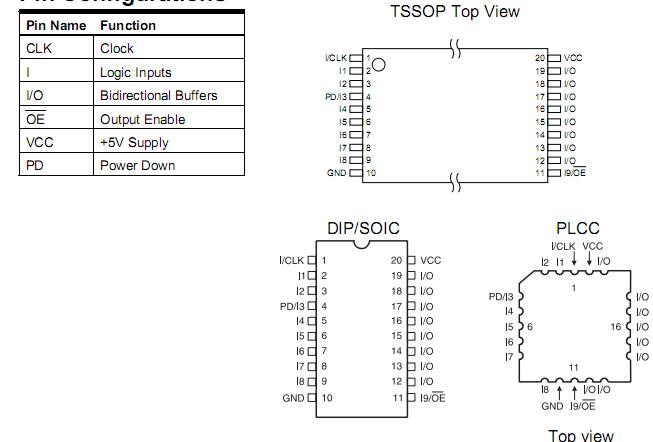ATF16V8C: Features: • Industry Standard Architecture Emulates Many 20-Pin PALs Low Cost Easy-to-Use Software Tools • High Speed Electrically Erasable Programmable Logic Devices 5 ns Maximu...
floor Price/Ceiling Price
- Part Number:
- ATF16V8C
- Supply Ability:
- 5000
Price Break
- Qty
- 1~5000
- Unit Price
- Negotiable
- Processing time
- 15 Days
SeekIC Buyer Protection PLUS - newly updated for 2013!
- Escrow Protection.
- Guaranteed refunds.
- Secure payments.
- Learn more >>
Month Sales
268 Transactions
Payment Methods
All payment methods are secure and covered by SeekIC Buyer Protection PLUS.

 ATF16V8C Data Sheet
ATF16V8C Data Sheet







